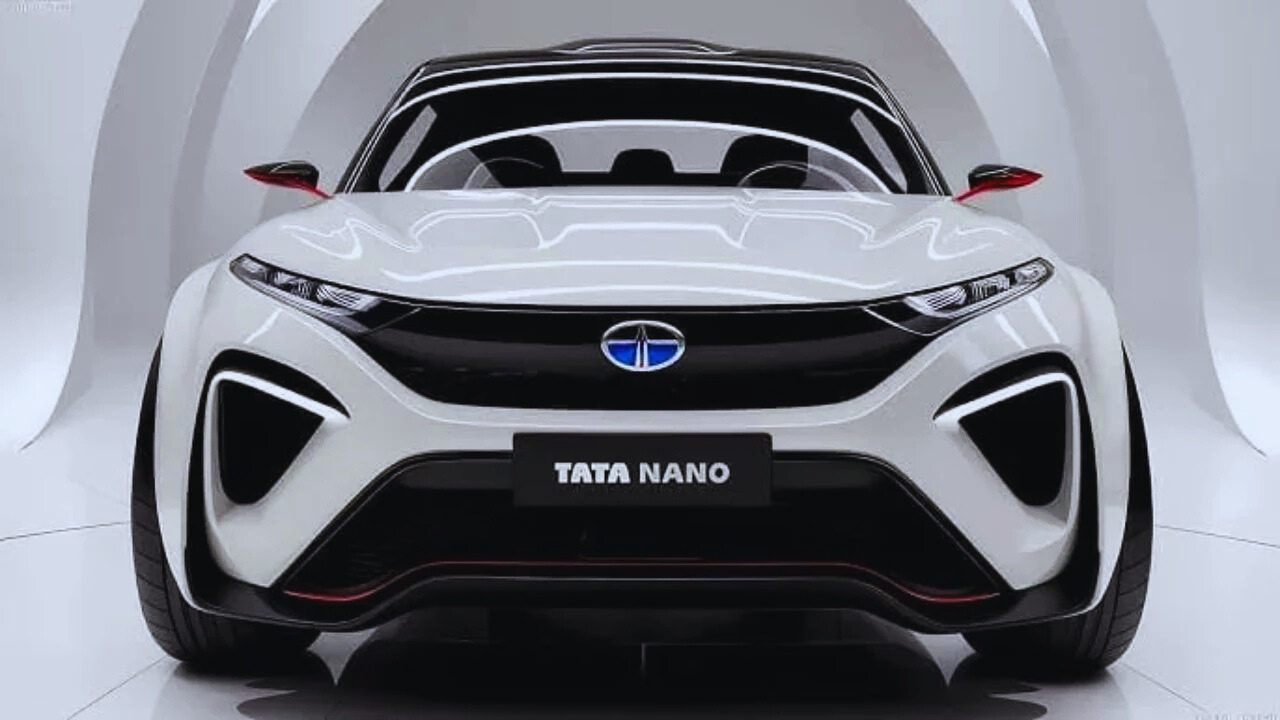Tata Nano 2025: The headline claiming a Tata Nano 2025 launch – a stylish compact car with 36KMPL mileage (that’s ~85 MPG!), smart features, and an affordable price – has exploded across social media, rekindling nostalgia for India’s “people’s car.” However, as of November 10, 2025, this is mostly clickbait speculation rather than an official release. Tata Motors showcased a Nano-inspired EV concept at the Bharat Mobility Global Expo in January 2025, but no production model has launched, no bookings are open, and 36KMPL is physically impossible for a gas car (even hybrids top at ~50 MPG). The original Nano was discontinued in 2018 after selling over 3 lakh units, and while rumors of an EV revival persist, credible sources confirm it’s “expected” with no date or specs. Viral posts from unverified Indian blogs and YouTube channels peddle AI-generated renders and exaggerated claims (e.g., 40kmpl, ₹1.10-2.65 lakh pricing) to drive views or scams. Let’s unpack the myths, explore realistic expectations, and why this “deal” is a red flag for global buyers.
Hype vs. Reality: Concept Tease, No Production Comeback
Tata displayed a Nano concept at the Bharat Mobility Expo in January 2025, blending retro compactness with modern EV elements to test interest. Industry insiders speculate a possible showcase at Auto Expo 2026 or a 2027 revival as an ultra-affordable EV commuter, targeting urban millennials against the Renault Kwid. However, official Tata channels confirm no launch date, pricing, or bookings—viral articles claiming “May-October 2025” or “immediate EMI” stem from low-credibility blogs using AI-generated renders and recycled Nano images. Tata discontinued the Nano in 2018 due to sales slumps and shifted to premium small cars like Tiago and Altroz.
Key facts:
- Concept showcase: January 2025 (Bharat Mobility Expo)
- Expected debut: 2027 or Auto Expo 2026 (if at all)
- No bookings open: “Pre-order” links are phishing traps
- Focus: Potential EV micro-car, not petrol Nano 2.0
These stories exploit the Nano’s legacy (launched 2008 as “world’s cheapest car” at ₹1 lakh) for clicks, but Tata prioritizes electrification.
Stylish Design: Compact Charm with Modern Hopes
Viral renders depict a boxy, 3m-long silhouette with LED headlights, sleek fenders, and 14-inch alloys—retaining the upright stance for easy city parking. At ~3,000mm long with 1,800mm wheelbase, it promises 4-seater practicality and 150L boot. Colors like Cosmic Blue or Solar Red add vibrancy, with roof rails for utility. Realistically, expect a unibody frame with 120mm clearance for potholes, but no “premium” leather or panoramic roof at rumored prices.
Design pros and cons:
- Pros: Ultra-compact for traffic; modular for repairs
- Cons: Dated aesthetics; basic plastics likely
The 4.5m turning radius suits metros, but highway stability may lag.
| Design Element | Expected Specs |
|---|---|
| Frame | Unibody |
| Suspension | MacPherson front / torsion rear |
| Wheels/Tires | 14-inch alloys, city tires |
| Dimensions | ~3,000 x 1,500 x 1,500 mm |
Powertrain: Efficient EV Dreams, Not 36KMPL Myth
The 36KMPL claim is ridiculous—no petrol city car hits that; it’s scooter territory. Rumors suggest a 1.2L petrol (60 PS, 90 Nm) or EV variant (25 kWh battery, 100 km range), with CVT or 5-speed manual for 0-100 km/h in ~15 seconds. Real-world mileage for a petrol reboot: 20-25 KMPL, with a 24L tank for 400km range. Realistically, Tata would opt for an EV with IP67 battery, but no prototype exists.
| Engine Variant | Power (PS) | Torque (Nm) | Transmission | Est. Mileage (kmpl) |
|---|---|---|---|---|
| 1.2L Petrol (Rumored) | 60 | 90 | 5-Speed MT | 20-25 (real-world) |
| EV Variant (Rumored) | 60 (equiv) | 110 | Single-Speed | 100 km/charge |
The fabricated “super-efficient engine” ignores physics for hype.
Spacious Cabin: Minimalist Utility for Four
The Nano’s strength was compactness: 4 seats with 150L boot, 200mm rear legroom, and flat-folding rears for 500L cargo. Basic cloth upholstery and manual AC keep costs low, with dual airbags and ABS standard. No luxury like ventilated seats, but ample headroom (1,000mm) and ISOFIX anchors suit kids or bags.
Cabin highlights:
- Seating: 4-passenger (configurable)
- Storage
